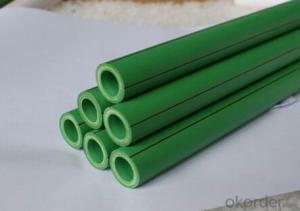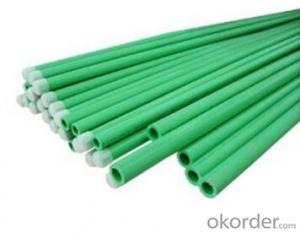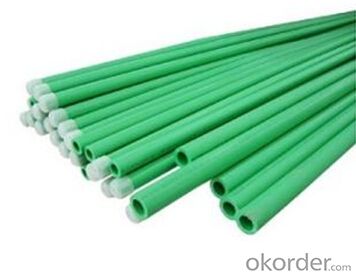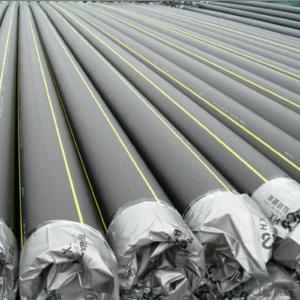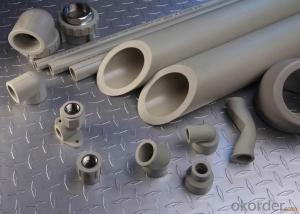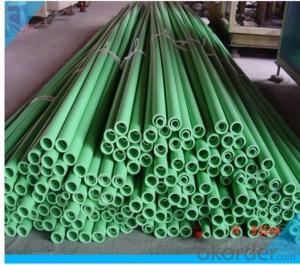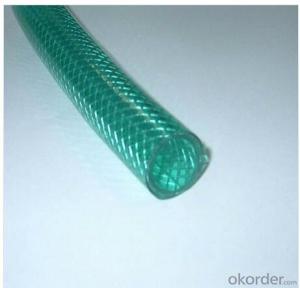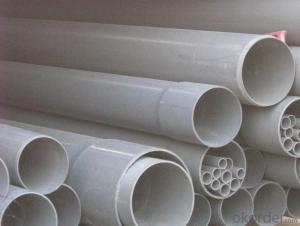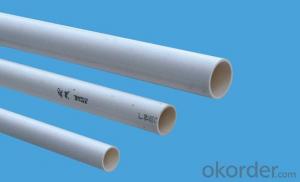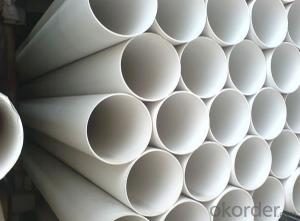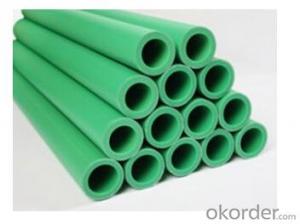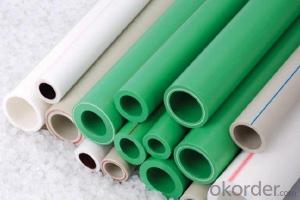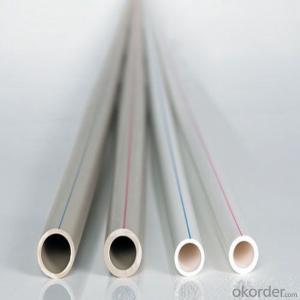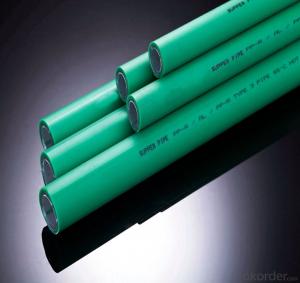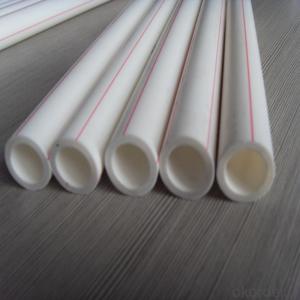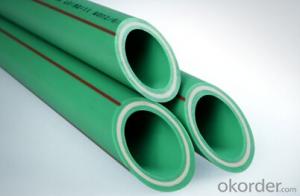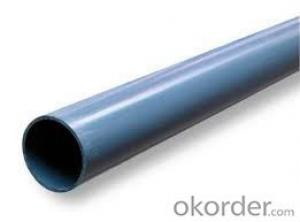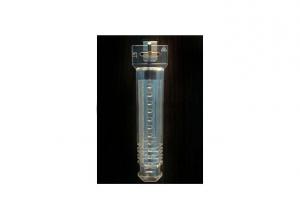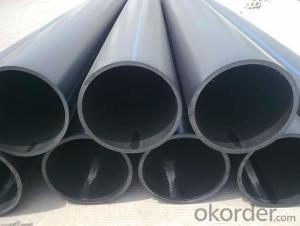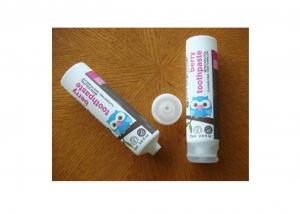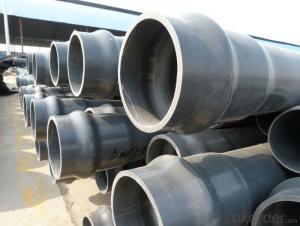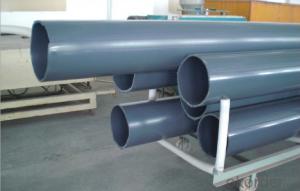Plastic Tubes - PPR Green Pipes for Cold Water PN1.25, 25*2.3mm
- Loading Port:
- Tianjin
- Payment Terms:
- TT OR LC
- Min Order Qty:
- 5000 m
- Supply Capability:
- 300000 m/month
OKorder Service Pledge
OKorder Financial Service
You Might Also Like
Product Features
1.Corrosion resistance
PPR pipes and fittings can resistant to most chemical corrosion; it can withstand PH value range 1-14 high concentration of acid and alkali corrosion over a wide temperature range.
2.Installation performance
PPR pipe PPR pipe is light in weight, and the operation installation is easy, which make it available to weld again. It is very important that pipe and pipe fittings can be welded together in seconds with a simple tool. Compared to traditional connection methods it can save 40%~50% of the time.
3.Safety Indicators
The basic component of PPR is carbon and hydrogen which is simple. It keeps in line with food hygiene regulations, non-toxic. If you use PPR pipe, there will no dirt in the inner wall or “secondary water pollution” caused by rust any more.PPR pipe ,green building materials, is more suitable for transporting drinking water.
Advantages of PPR pipe
1.Maximum operating temperature can up to 95℃; it can work in a long term under the condition of 70℃ and 1.0Mpa.
2.PPR pipe density is only 1/8 of metal pipe; pressure resistance strength test is up 5Mpa, with good toughness, impact resistance.
3.Inner diameter of PPR pipe is little bigger than that of pipe fittings, which can ensure not to increase the resistance to fluid flow.
4.Inner wall of PPR pipe is smooth, no rust, no scaling, small fluid resistance
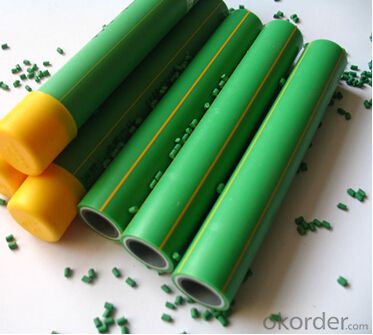
Application
1.Hot and cold drinking water supply system of civil and industrial buildings
2.Clean, pure water piping system
3.Central air conditioning system
4.Hot water circulation Heating System
5.Compressed air piping system
- Q: Are plastic tubes suitable for use in the oil and gas industry?
- Yes, plastic tubes are suitable for use in the oil and gas industry. They offer numerous advantages such as resistance to corrosion, chemicals, and high pressure. Plastic tubes are lightweight, durable, and easy to install, reducing both costs and maintenance requirements. Additionally, they allow for better flow rates and are compatible with various fluids and gases used in the industry.
- Q: Im thinking that i want to give my betta more space. Im thinking of using some type of plastic tube, cutting a hole in his plastic bowl, cutting a hole in another plastic bowl and connecting with the tube, then connecting the tube to the bowls with aquarium silicone. One will be the flat on two sides one, but his current one his round. Will this safely work? I can only imagine cleaning it, it will be so much harder. I just need answers on this, no fish care responses etc. if you do i will report you for not answering what i asked.
- Look up water brige, use a very wide tube, like 5 inches or more, get a filter heated 5 galllon tank for both sides of the tank set up.
- Q: i bought one of ASDA's piped icing tubes (their own make) and dont know how to break the seal on it, its like this plastic-y thing but its INSIDE the pipe.anyone who has used asda's or similar icing tubes please enlighten me!TEN POINTS
- This Site Might Help You. RE: how to open my icing tube?!?! please help TEN POINTS...? i bought one of ASDA's piped icing tubes (their own make) and dont know how to break the seal on it, its like this plastic-y thing but its INSIDE the pipe. anyone who has used asda's or similar icing tubes please enlighten me! TEN POINTS
- Q: Describe what is involved in using a plastic graft tube for dialysis?
- this showed up in gardening landscape, probably because of the word 'tubing'. Resubmit your question to 'health' category. If you still don't get an answer, google Kidney Foundation or try Mayo Clinic (term: Mayo Kidney Dialysis)
- Q: would it be toxic?could u melt the tubing to the cups with a lighter?
- air line tubing is probobly to thin to make an effective vacuum hose, but no it wouldnt hurt them to try, you could fuse it with a lighter, sound like a lot of work though. what are the cotton balls for? mollies can eat, algea wafer, shrimp pellets, pellet food, granules, flake food, live frozen or freeze dreid= daphnia, shrimp, worms, fruitflies... sliced raw or blanched veggies like cucmber squash, zucini, spinich
- Q: Does anyone know where I can get an aluminum or plastic square tubing with a 0.5 inch nominal diameter? (in other words, I need to find an aluminum or plastic square tube with inside dimensions of 1/2 inch). Thanks in advance!
- Perhaps you mean 0.5 inch square. that is 0.5 x 0.5 Some well stocked hardware stores or hobby stores have aluminum and brass (oh yes and plastic, now that I think of it) tubing in round, oval and square cross sections. I have seen some in multiple sizes that telescope nicely inside each other.
- Q: How can I get the feed to keep going down into the cups? The birds peck it out, but it never goes back into the feeder cup. I have to go out and use a wire hook i made up to get it back in the cups so the birds can reach it again. It is a 4 port, about 18 inches tall, the cups are closer to the bottom, so yo'd think the weight would push the seed down into the cups. Very frustrating. It is a plastic tube maybe 1.5 inches wide, and I use black oil sunflower seed (not the shelled kind)
- Get bird feed with smaller seeds.
- Q: What is the minimum wall thickness for plastic tubes?
- The minimum wall thickness for plastic tubes can vary depending on the material and manufacturing process used. However, in general, it is recommended to have a minimum wall thickness of around 0.5 millimeters to ensure structural integrity and prevent potential issues like leakage or collapsing.
- Q: Do plastic tubes have any limitations in terms of recyclability or environmental impact?
- Yes, plastic tubes do have limitations in terms of recyclability and environmental impact. While some plastic tubes can be recycled, the complex nature of their composition, which often includes multiple layers of different plastics and other materials, makes recycling more challenging and less economically viable. Additionally, the small size and shape of plastic tubes can make them difficult to sort and process in recycling facilities. As a result, many plastic tubes end up in landfills or incinerators, contributing to environmental pollution and waste. Therefore, it is important to explore alternative packaging options or environmentally friendly materials to reduce the negative impact of plastic tubes on the environment.
- Q: How are plastic tubes manufactured?
- Plastic tubes are typically manufactured through a process called extrusion, where raw plastic material is melted and forced through a die to form a continuous tube shape. This tube is then cooled and cut into desired lengths. Various additives may be incorporated during the extrusion process to enhance the properties of the plastic tube, such as colorants or UV stabilizers.
Send your message to us
Plastic Tubes - PPR Green Pipes for Cold Water PN1.25, 25*2.3mm
- Loading Port:
- Tianjin
- Payment Terms:
- TT OR LC
- Min Order Qty:
- 5000 m
- Supply Capability:
- 300000 m/month
OKorder Service Pledge
OKorder Financial Service
Similar products
Hot products
Hot Searches
Related keywords
